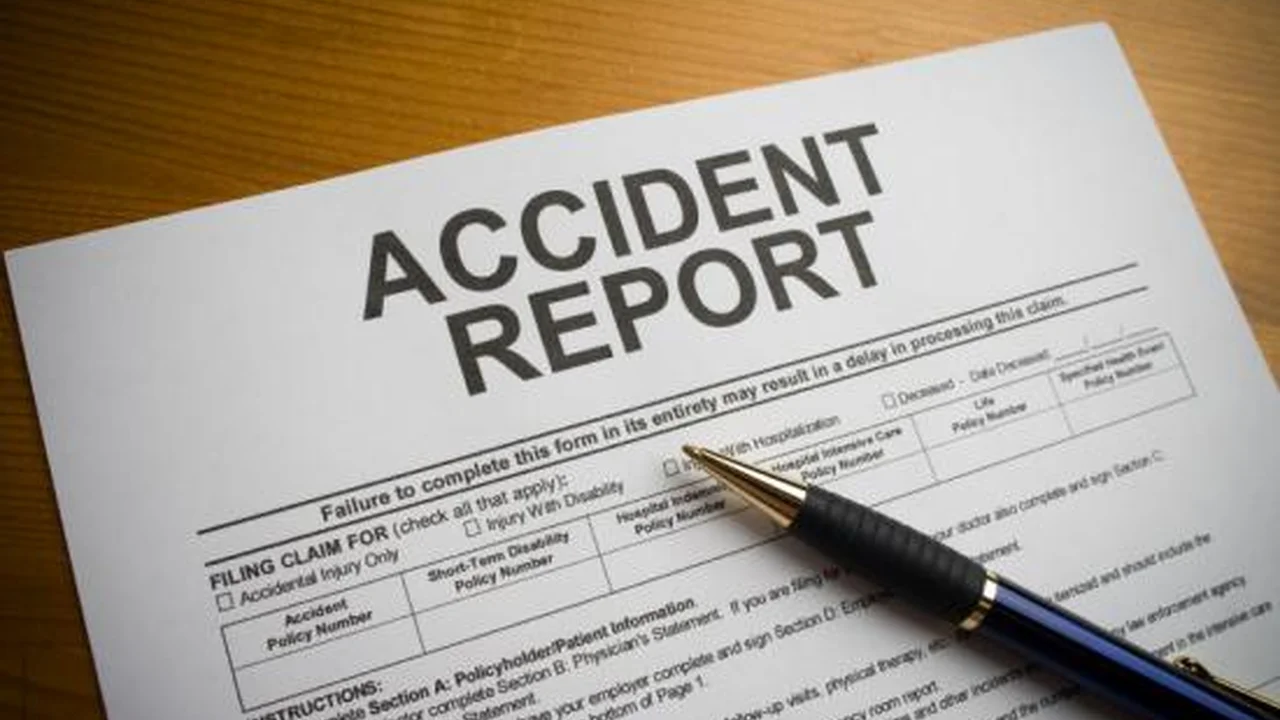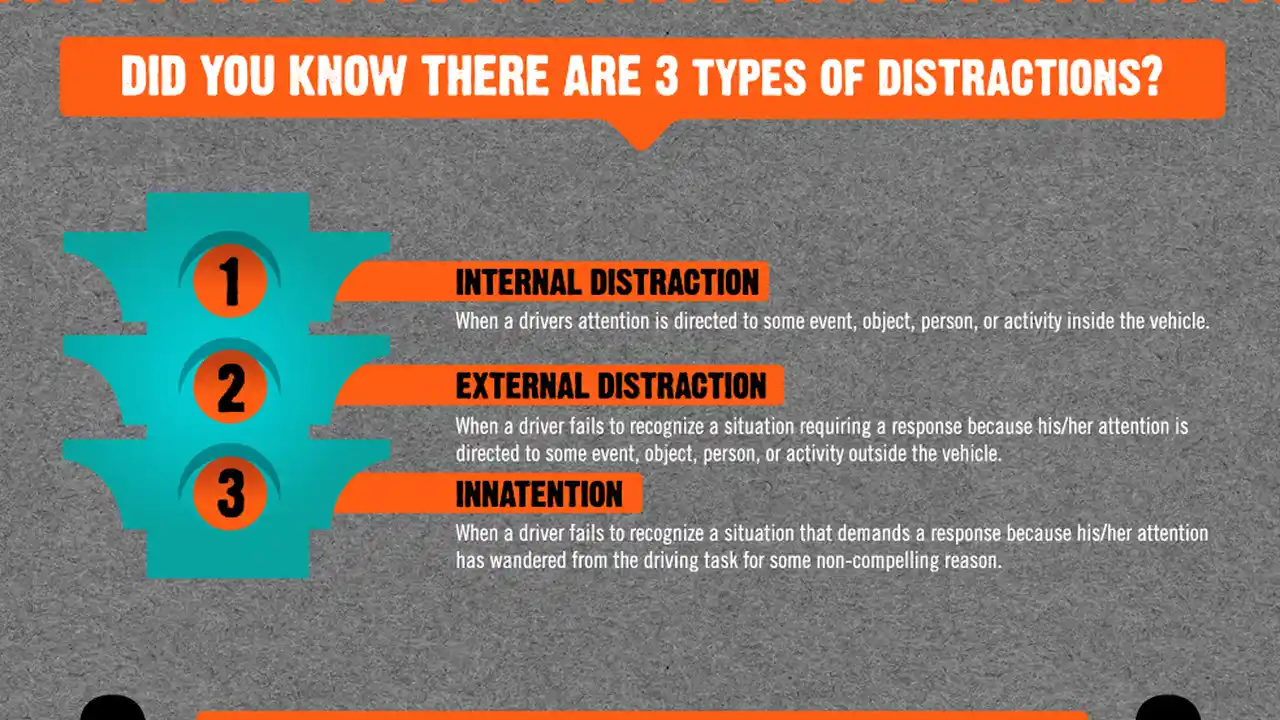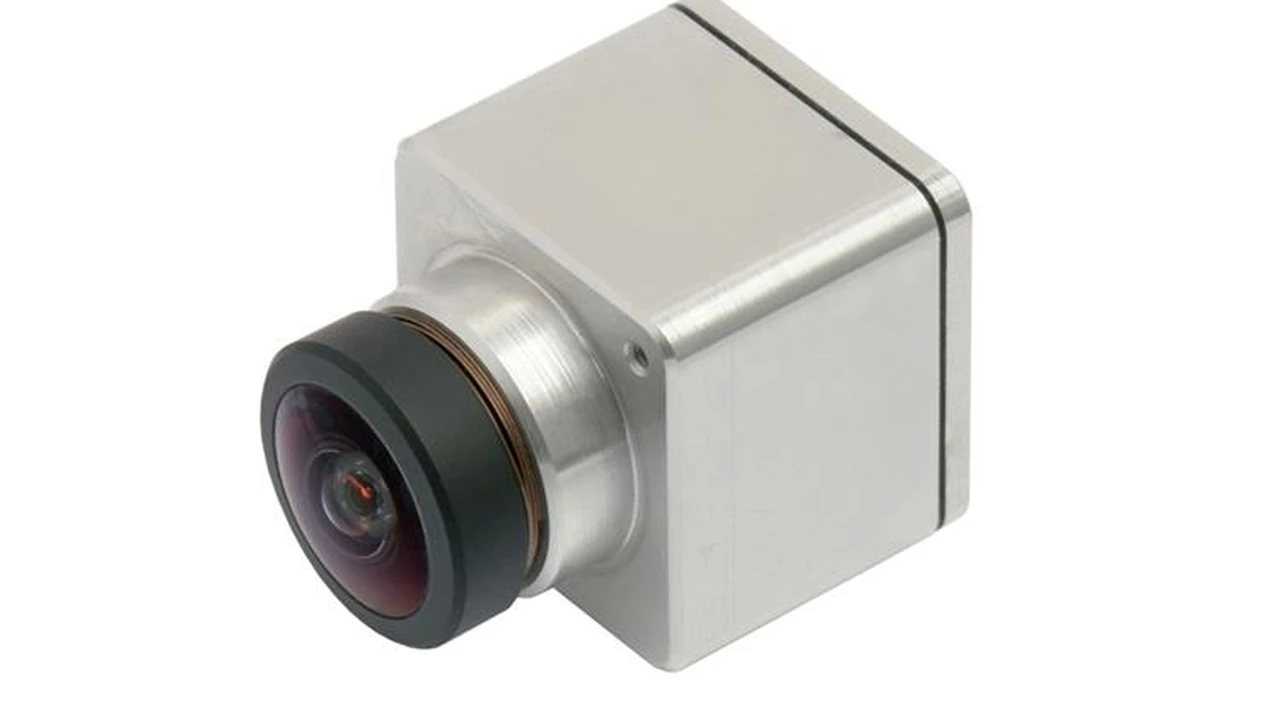Dealing with Hit-and-Run Accidents: Reporting and Investigation

Understanding Hit and Run Accidents Legal Ramifications and Initial Steps
Okay, so you've been hit by a car, and the driver just… took off. Not cool, right? That's a hit and run. It's stressful, it's frustrating, and it can feel like you're completely alone. But you're not! First things first: make sure you're safe. Check yourself for injuries. If you can, move your car to a safe location, away from traffic. Then, call the police. Even if the damage seems minor, reporting the accident is absolutely crucial. It's the first step in getting your life back on track after this mess. The legal ramifications can be serious for the fleeing driver, and reporting it helps ensure justice is served and you can begin the process of recovering damages.
Immediate Actions After a Hit and Run Securing the Scene and Gathering Evidence
Alright, police are on their way. While you wait, try to remember as much as you can about the other car. Color, make, model (even a guess is helpful), and especially the license plate number. Did you see which way they went? Note down everything. Look around for witnesses. Did anyone see what happened? Their testimony can be incredibly valuable. Take photos of everything: the damage to your car, the surrounding area, any debris left behind. The more evidence you collect, the stronger your case will be. Think like a detective! Even small details, like a piece of broken taillight, could be a crucial clue.
Reporting the Hit and Run Police Report and Insurance Claim Process
When the police arrive, give them a clear and concise account of what happened. Don't exaggerate, just stick to the facts. Make sure you get a copy of the police report. You'll need it for your insurance claim. Speaking of insurance, call your insurance company as soon as possible. Even if you don't have collision coverage, you may still be covered under your uninsured motorist policy. They'll guide you through the claims process and explain what documents you need to provide. Be prepared to answer a lot of questions, and be honest about everything. The insurance company will investigate the accident and determine who's at fault.
Investigating the Hit and Run Finding Witnesses and Utilizing Technology
The police will investigate, but you can also do some investigating on your own. Check local businesses for security cameras that might have captured the accident. Post about the accident on social media, asking if anyone witnessed it. You might be surprised at how many people are willing to help. There are also apps and dashcams that can record accidents. Some dashcams even have features like automatic incident detection, which can automatically save footage of an accident. Remember that little piece of broken taillight we talked about? A mechanic might be able to identify the make and model of the car based on that piece alone! Don't underestimate the power of observation and a little bit of detective work.
Protecting Yourself Financially Uninsured Motorist Coverage and Legal Options
Hit and run accidents can be financially devastating. Without the other driver's insurance information, you might be stuck paying for your own repairs and medical bills. That's where uninsured motorist coverage comes in. This coverage protects you if you're hit by an uninsured driver or a hit and run driver. If you have uninsured motorist coverage, your insurance company will pay for your damages, up to the limits of your policy. You can also explore legal options. A lawyer specializing in car accidents can help you understand your rights and options. They can investigate the accident, negotiate with the insurance company, and file a lawsuit if necessary. Don't be afraid to seek legal advice. Many attorneys offer free consultations. It's crucial to understand your rights and protect your financial well-being.
Preventing Future Hit and Run Accidents Defensive Driving and Awareness
While you can't control the actions of other drivers, you can take steps to prevent future hit and run accidents. Practice defensive driving techniques. Be aware of your surroundings. Avoid distractions like texting while driving. If you see someone driving erratically, give them plenty of space. Consider investing in a dashcam. A dashcam can provide valuable evidence in the event of an accident. And if you are involved in an accident, stay at the scene and exchange information with the other driver. It's the right thing to do, and it can save you a lot of trouble in the long run.
Recommended Products for Hit and Run Prevention and Documentation
Let's talk about some gadgets that can help you be prepared and protected in case of a hit and run.
Dash Cams The Eyes on the Road
Dash cams are basically miniature video recorders that mount on your windshield and record everything that happens in front of your car. They're a great way to document accidents and provide evidence to the police and insurance companies. Here are a few recommendations:
- Vantrue N4 3 Channel Dash Cam: This is a top-of-the-line dash cam that records in 4K resolution and has three cameras: one for the front, one for the interior, and one for the rear. It also has night vision, GPS, and parking mode. Use Case: Perfect for rideshare drivers or anyone who wants comprehensive coverage. Pros: Excellent video quality, covers all angles, lots of features. Cons: Expensive (around $300).
- Garmin Dash Cam 67W: A solid mid-range option with a wide 180-degree field of view. It records in 1440p resolution and has voice control and automatic incident detection. Use Case: Good for everyday drivers who want a reliable dash cam without breaking the bank. Pros: Wide field of view, easy to use, good video quality. Cons: No rear camera, limited features compared to higher-end models (around $200).
- Rexing V1 Basic Dash Cam: An affordable option that still offers decent video quality. It records in 1080p resolution and has loop recording and G-sensor. Use Case: Ideal for budget-conscious drivers who just want basic accident recording. Pros: Inexpensive (around $50), easy to install. Cons: Lower video quality, fewer features.
Car Jump Starters Portable Power and Safety
A car jump starter can be a lifesaver if your battery dies, especially in a remote location or after an accident that might drain the battery. It's also a useful safety tool to have in your car.
- NOCO Boost Plus GB40 1000 Amp 12-Volt UltraSafe Lithium Jump Starter Box: This is a popular and reliable jump starter that can jump start most vehicles up to 6 liters gas or 3 liters diesel engines. It's also a power bank for charging your phone or other devices. Use Case: Great for general use and emergency situations. Pros: Powerful, easy to use, portable. Cons: Relatively expensive (around $100).
- Audew Car Jump Starter Portable Power Bank: A more affordable option that still provides plenty of power. It can jump start vehicles up to 7.0L Gas or 5.5L Diesel engines. Use Case: Good for those on a budget who still need a reliable jump starter. Pros: Affordable, powerful, includes a built-in flashlight. Cons: May not be as durable as more expensive models (around $60).
Emergency Roadside Kits Be Prepared for Anything
An emergency roadside kit should include essential items like a first-aid kit, jumper cables, a flashlight, a warning triangle, and a blanket. Having these items on hand can help you stay safe and comfortable while waiting for help after an accident.
- Lifeline AAA Premium Road Kit: A comprehensive kit that includes everything you need for most roadside emergencies. It has jumper cables, a tow rope, a first-aid kit, a flashlight, and more. Use Case: Ideal for anyone who wants to be fully prepared for any roadside emergency. Pros: Comprehensive, high-quality components. Cons: More expensive than basic kits (around $70).
- First Secure 53 Piece Roadside Emergency Assistance Kit: A more basic but still useful kit that includes essential items like jumper cables, a flashlight, and a first-aid kit. Use Case: Good for those who want a basic emergency kit without spending a lot of money. Pros: Affordable, compact. Cons: Fewer items than premium kits (around $30).
Staying Calm and Collected After a Hit and Run Mental Health and Support Systems
Being involved in a hit and run accident can be traumatic. It's important to take care of your mental health. Talk to a friend, family member, or therapist about your experience. Don't be afraid to seek professional help if you're struggling to cope. There are also support groups for people who have been involved in car accidents. Remember, you're not alone, and there are people who care about you and want to help.
:max_bytes(150000):strip_icc()/277019-baked-pork-chops-with-cream-of-mushroom-soup-DDMFS-beauty-4x3-BG-7505-5762b731cf30447d9cbbbbbf387beafa.jpg)






